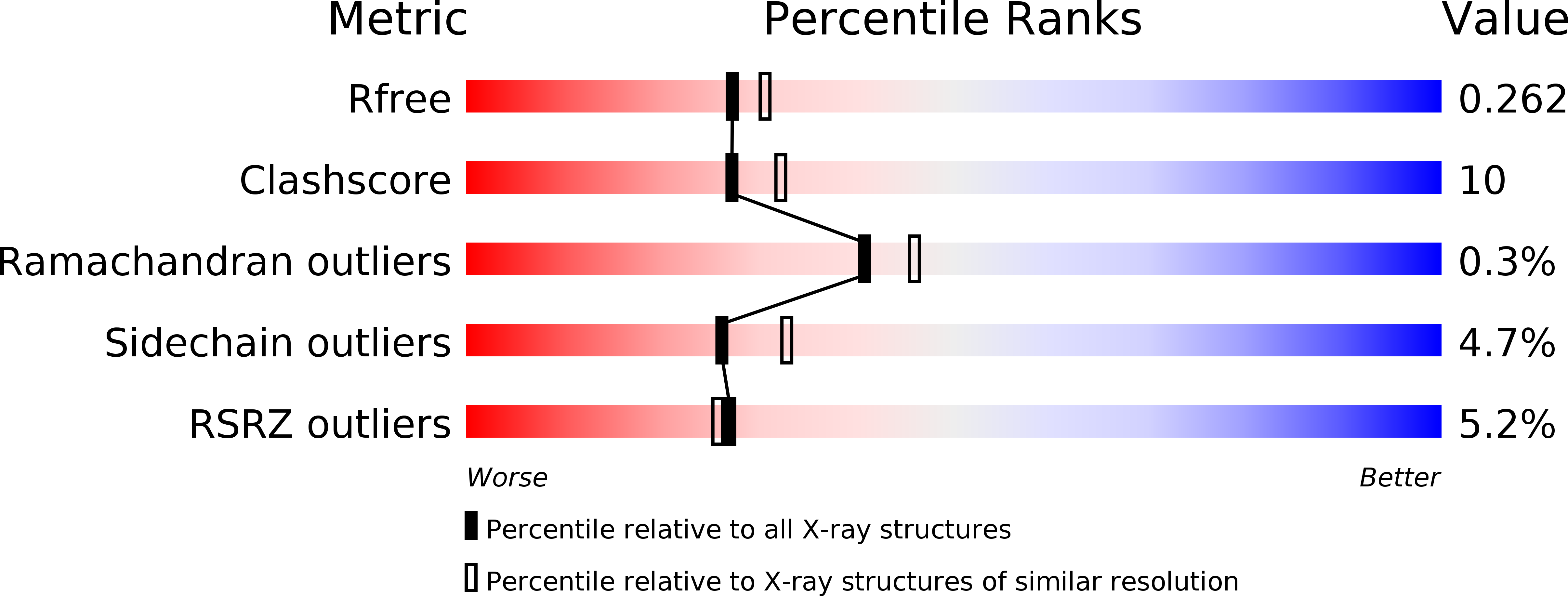
Deposition Date
2000-06-19
Release Date
2000-11-01
Last Version Date
2024-10-23
Entry Detail
PDB ID:
1E3M
Keywords:
Title:
The crystal structure of E. coli MutS binding to DNA with a G:T mismatch
Biological Source:
Source Organism:
ESCHERICHIA COLI (Taxon ID: 562)
Host Organism:
Method Details:
Experimental Method:
Resolution:
2.20 Å
R-Value Free:
0.26
R-Value Work:
0.22
R-Value Observed:
0.22
Space Group:
P 21 21 21


